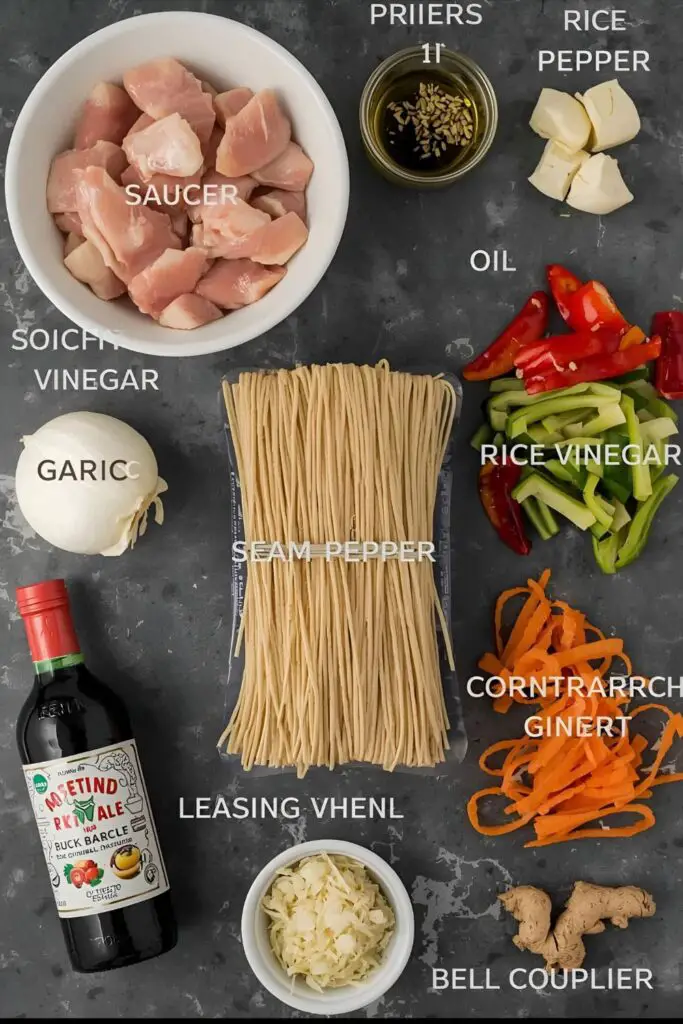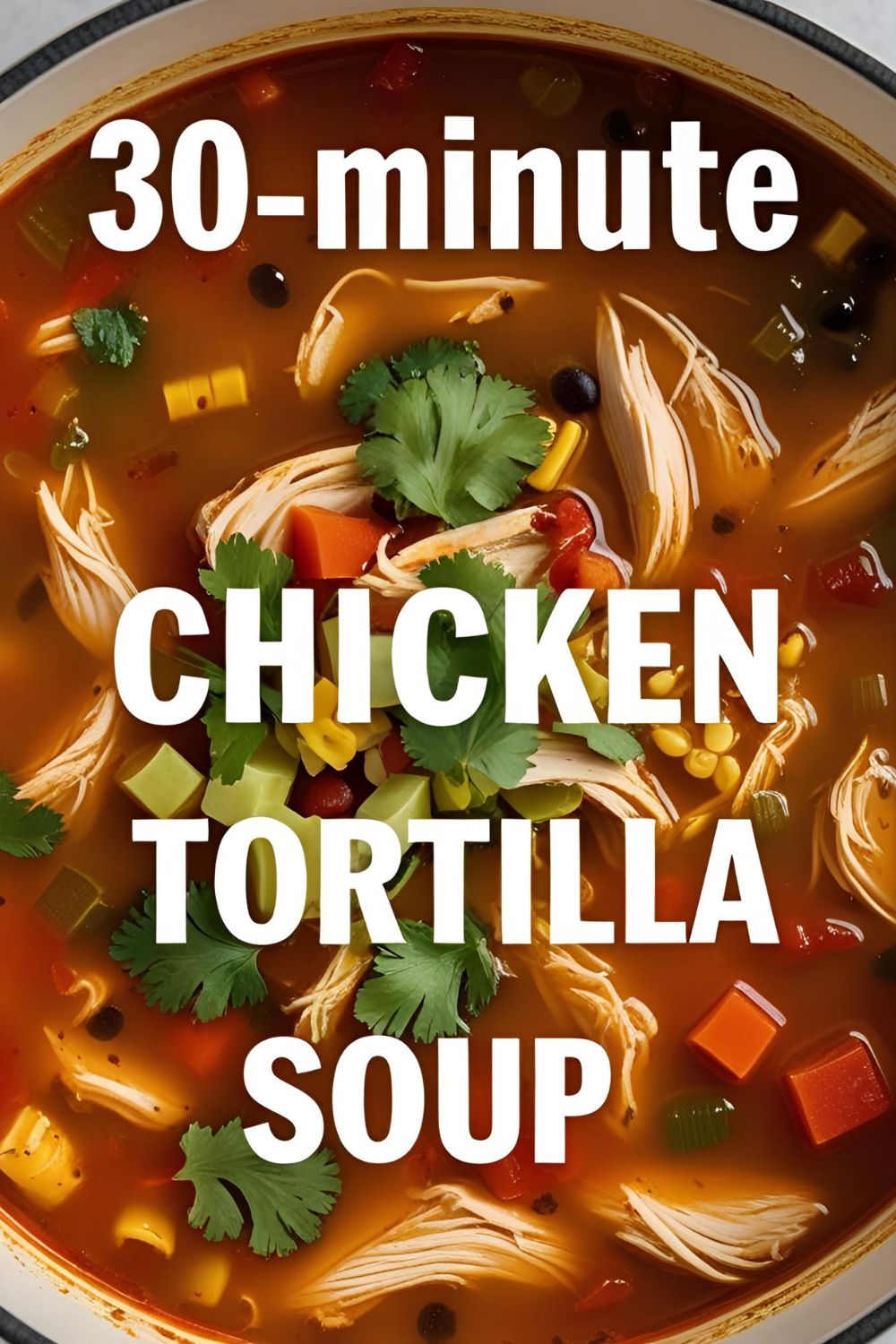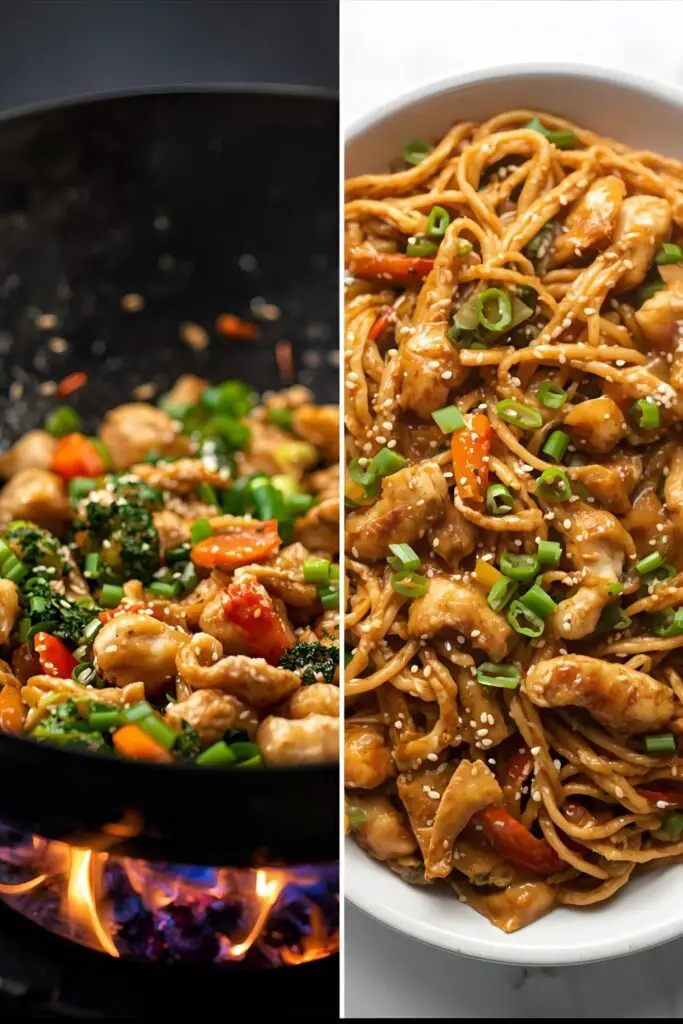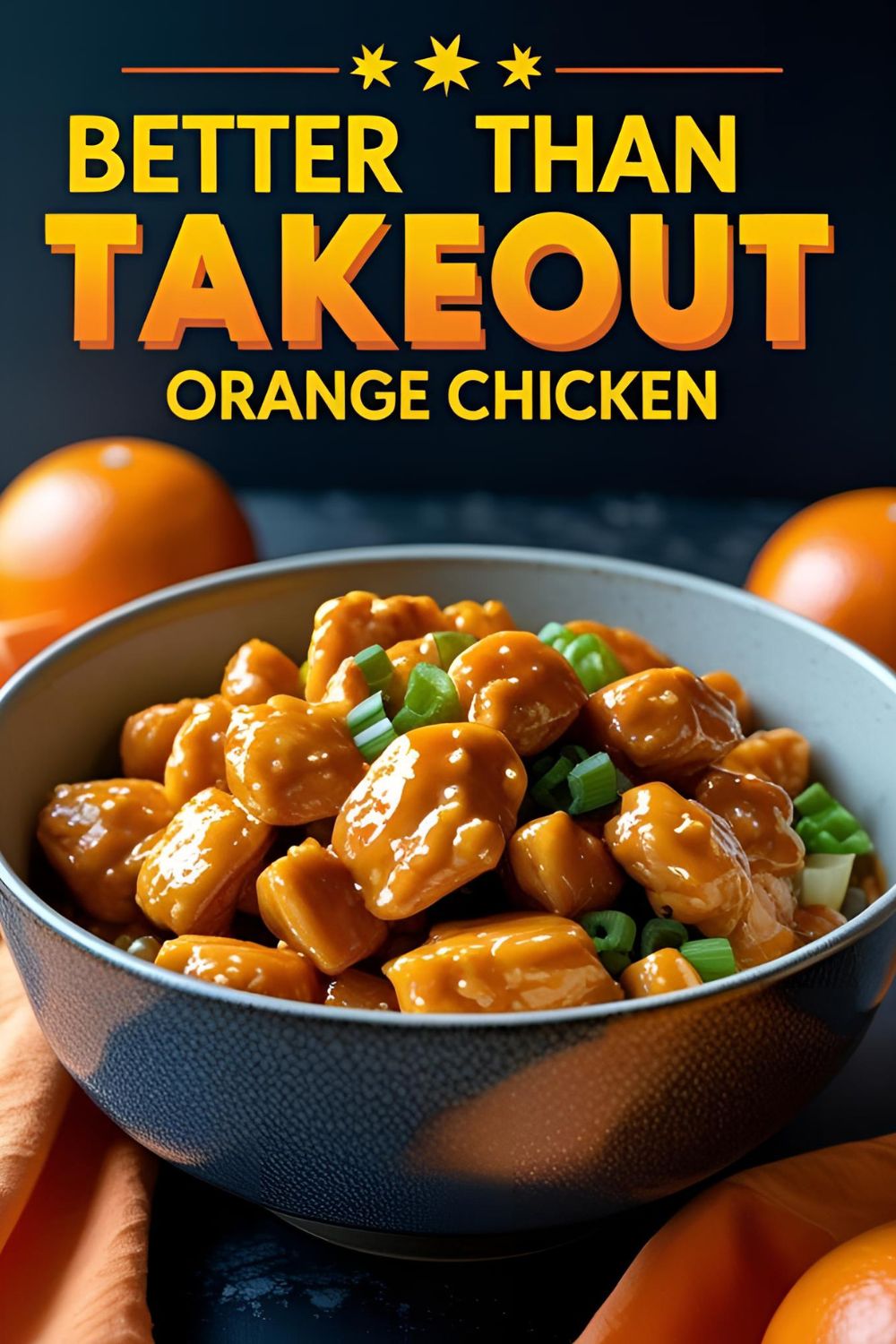Skip the Takeout: Easy & Delicious Chicken Chow Mein Recipe
Let’s be real, that takeout craving hits hard sometimes. You’re tired, the couch is comfy, and the siren song of noodles and questionable meat is strong. But wait! Before you reach for that delivery app (again), hear me out. We’re about to conquer that craving with a homemade chicken chow mein recipe that’s not only faster than waiting for delivery but also, dare I say, way more delicious. Are you ready to ditch the greasy spoon and become your own stir-fry master?
If the thought of perfectly cooked noodles, tender chicken, and crisp-tender veggies all coated in a savory sauce makes your taste buds tingle, then buckle up, buttercup. This chicken chow mein recipe is so straightforward and satisfying, you’ll wonder why you ever bothered with takeout in the first place. Plus, you get to control the ingredients, which, let’s be honest, is a major win.
Why This Chicken Chow Mein Recipe Is Your New Go-To
So, what makes this particular chicken chow mein recipe so darn awesome? Let me break it down for you:
First, the speed factor is insane. Seriously, from chopping to slurping, you can have this on the table faster than most delivery services can find your address (especially if you live on that confusing cul-de-sac).
Second, the flavor is customizable. Want more garlic? Go for it. Craving extra veggies? Pile ’em in. You’re the boss of your own chow mein destiny!
Finally, it’s a fantastic way to use up leftover veggies. That half a bell pepper lurking in the fridge? Those sad-looking carrots? Chop ’em up and toss ’em in! Waste not, want not, and eat delicious chow mein – it’s a win-win-win.
The Ingredient Lineup: Your Stir-Fry Dream Team
Here’s what you’ll need to gather for your culinary adventure. Don’t worry if you don’t have every single veggie listed; chow mein is forgiving like that.
The Main Players:
- 1 lb Boneless, Skinless Chicken Breasts: Cut into bite-sized pieces.
- 8 oz Chow Mein Noodles: Look for the dried or fresh kind specifically labeled “chow mein” noodles. They have a nice bite.
- 1 tbsp Soy Sauce: The salty, umami backbone of the dish.
- 1 tbsp Rice Vinegar: Adds a touch of tanginess.
- 1 tsp Cornstarch: Helps to thicken the sauce and coat the chicken.
- 1 tbsp Sesame Oil: For that authentic Asian flavor.
- 2 tbsp Neutral Cooking Oil (like vegetable or canola): For stir-frying.
- 2 cloves Garlic, minced: Because garlic makes everything better.
- 1 inch Ginger, grated: Adds a warm, zesty kick.
- 1/2 Yellow Onion: Thinly sliced.
- 1 Bell Pepper (any color): Thinly sliced.
- 1 Carrot: Thinly sliced or julienned.
- 2 cups Shredded Cabbage (Napa or regular): Adds bulk and crunch.
- 2 Green Onions: Chopped, for garnish.
The Savory Sauce:
- 2 tbsp Soy Sauce (again): Can’t get enough of that umami.
- 1 tbsp Oyster Sauce (optional, but adds depth): You can usually find this in the Asian foods aisle.
- 1 tbsp Hoisin Sauce: Sweet, savory, and slightly tangy.
- 1 tsp Sesame Oil (again): More flavor!
- 1/2 tsp Sugar: Balances the saltiness.
- 1/4 cup Chicken Broth: Helps to bring it all together.
Your Stir-Fry Arsenal: Tools & Gadgets
You don’t need a wok and a flamethrower (though that would be cool). These tools will do the trick just fine.
- Large Skillet or Wok: A large surface area is key for even cooking.
- Cutting Board: For all that chopping.
- Sharp Knife: A good knife makes prepping a breeze.
- Measuring Cups and Spoons: For accurate flavor ratios.
- Spatula or Tongs: For tossing and turning the ingredients.
- Small Bowl: For mixing the sauce.
- Another Small Bowl: For marinating the chicken.
Let’s Get Stir-Frying: Step-by-Step to Chow Mein Glory
Alright, let’s get this stir-fry party started! It’s faster than binge-watching that show everyone’s talking about.
Step 1: Marinate the Chicken
In a small bowl, toss the chicken pieces with 1 tbsp soy sauce, 1 tbsp rice vinegar, and 1 tsp cornstarch. Let it sit for at least 10 minutes while you prep the other ingredients. This little marinade makes the chicken extra tender and flavorful.
Step 2: Prep Your Veggies
While the chicken marinates, chop all your vegetables into thin, even pieces. Remember, they’ll cook quickly in the stir-fry, so uniform sizes are important for even cooking.
Step 3: Cook the Noodles
Cook the chow mein noodles according to the package directions. Don’t overcook them! They should still have a bit of bite (al dente). Drain them and set aside. Some packages might suggest soaking instead of boiling, so follow those instructions carefully.
Step 4: Whisk the Sauce
In a small bowl, whisk together the 2 tbsp soy sauce, oyster sauce (if using), hoisin sauce, 1 tsp sesame oil, sugar, and chicken broth. Set this savory concoction aside.
Step 5: Stir-Fry the Chicken
Heat 1 tbsp of neutral cooking oil in your large skillet or wok over medium-high heat until it’s shimmering (but not smoking!). Add the marinated chicken and stir-fry until it’s cooked through and lightly browned, about 3-5 minutes. Remove the chicken from the skillet and set aside.
Step 6: Stir-Fry the Veggies
Add the remaining 1 tbsp of neutral cooking oil and 1 tbsp of sesame oil to the skillet. Add the minced garlic and grated ginger and stir-fry for about 30 seconds until fragrant (be careful not to burn them!). Then, add the sliced onion, bell pepper, and carrots and stir-fry for 2-3 minutes until they start to soften but are still crisp-tender. Finally, add the shredded cabbage and stir-fry for another 1-2 minutes until it just starts to wilt.
Step 7: Combine and Sauce It Up!
Add the cooked chicken and noodles back into the skillet with the vegetables. Pour the prepared sauce over everything and toss gently but thoroughly to coat all the ingredients evenly. Cook for another 1-2 minutes, allowing the sauce to thicken slightly and everything to heat through.
Step 8: Garnish and Serve
Remove from the heat and garnish generously with chopped green onions. Serve your delicious homemade chicken chow mein immediately. Pat yourself on the back for skipping takeout!
Calories & Nutritional Info: The Noodle Numbers
Alright, let’s talk about what you’re actually eating. Keep in mind these are estimates and can vary based on portion size and the specific ingredients you use (especially the amount of oil). Per serving (about 1.5-2 cups):
- Calories: Approximately 400-550 kcal
- Protein: Around 30-40g
- Fat: Roughly 15-25g
- Carbohydrates: About 40-60g (mostly from the noodles and vegetables)
- Note: This dish provides a good balance of protein and carbohydrates, with some healthy fats from the sesame oil. Be mindful of the sodium content from the soy sauce and oyster sauce.
Common Mistakes to Avoid: Chow Mein Faux Pas
- Overcrowding the Pan: This is the cardinal sin of stir-frying! If you put too much in the skillet at once, the temperature drops, and your ingredients will steam instead of getting that lovely stir-fry char. Work in batches if necessary.
- Soggy Noodles: Overcooking the noodles is a tragedy. Follow the package directions carefully and aim for al dente. They’ll continue to cook a bit in the stir-fry.
- Burning the Garlic and Ginger: These aromatics add amazing flavor, but they burn easily. Add them after the oil is heated and stir-fry for just a short time until fragrant. Burnt garlic and ginger taste bitter – nobody wants that.
- Not Having Everything Prepped: Stir-frying is fast-paced! Have all your vegetables chopped, your chicken marinated, and your sauce whisked before you even turn on the heat. Trust me on this one.
- Using Too Much Sauce (or Not Enough): Start with the amount of sauce in the recipe, and you can always add a little more if needed. Too much sauce can make the dish soupy.
Variations & Customizations: Remix Your Mein
Feeling like a culinary DJ? Here are a few ways to put your own spin on this classic:
- Spicy Chicken Chow Mein: Add a dash of sriracha, chili garlic sauce, or some red pepper flakes to your sauce for a fiery kick. You can also include sliced jalapeños with the veggies.
- Shrimp Chow Mein: Swap the chicken for shrimp! Shrimp cooks very quickly, so add it towards the end of stir-frying the vegetables.
- Vegetarian Chow Mein: Omit the chicken and add extra vegetables like mushrooms, broccoli florets, snow peas, or tofu (pan-fried or baked until crispy). You can also use a vegetarian oyster sauce substitute.
Frequently Asked Questions: Your Chow Mein Conundrums, Cracked
1. What kind of noodles are best for chicken chow mein? Look for noodles specifically labeled “chow mein” noodles. They are usually thin, round, and made from wheat flour. If you can’t find them, thin spaghetti or linguine can work in a pinch, but the texture will be slightly different.
2. Can I make chicken chow mein ahead of time? While it’s best enjoyed fresh, you can cook the chicken and vegetables separately and store them in the refrigerator for up to 2 days. Reheat them in a skillet and then add the cooked noodles and sauce just before serving. The noodles might lose some of their texture when reheated.
3. Where can I find chow mein noodles? You can usually find chow mein noodles in the Asian foods aisle of most major supermarkets. Look for them dried in bags or sometimes fresh in the refrigerated section.
4. Can I add eggs to my chicken chow mein? Absolutely! You can scramble a couple of eggs in the skillet before you start stir-frying the chicken and then set them aside. Add them back in at the end along with the noodles and sauce.
5. What’s the difference between chow mein and lo mein? The main difference lies in how the noodles are prepared. For chow mein, the noodles are usually pan-fried until they get a bit crispy. For lo mein, the noodles are boiled and then tossed with the sauce and other ingredients without being significantly fried.
6. Can I use frozen vegetables in this recipe? While fresh vegetables provide the best texture, you can use frozen mixed vegetables if that’s what you have on hand. Just add them towards the end of the stir-frying process and cook until heated through. They might release more moisture, so you might need to cook the sauce a bit longer to thicken.
7. What can I use instead of oyster sauce? If you don’t have or don’t want to use oyster sauce, you can try using a bit more soy sauce and a pinch of sugar for a similar savory-sweet flavor. For a vegetarian option, look for vegetarian oyster sauce made from mushrooms.
Final Thoughts: Wok This Way!
There you have it, my friend! Your guide to creating a delicious and satisfying chicken chow mein that will put those takeout menus to shame. It’s fast, it’s flavorful, and it’s way more rewarding to make it yourself.
So go forth, preheat your skillet (or wok if you’re fancy!), chop those veggies, and get ready to stir-fry your way to a fantastic meal. You might just find that homemade chow mein is your new weeknight hero. Now, who’s ready for seconds? 😉




